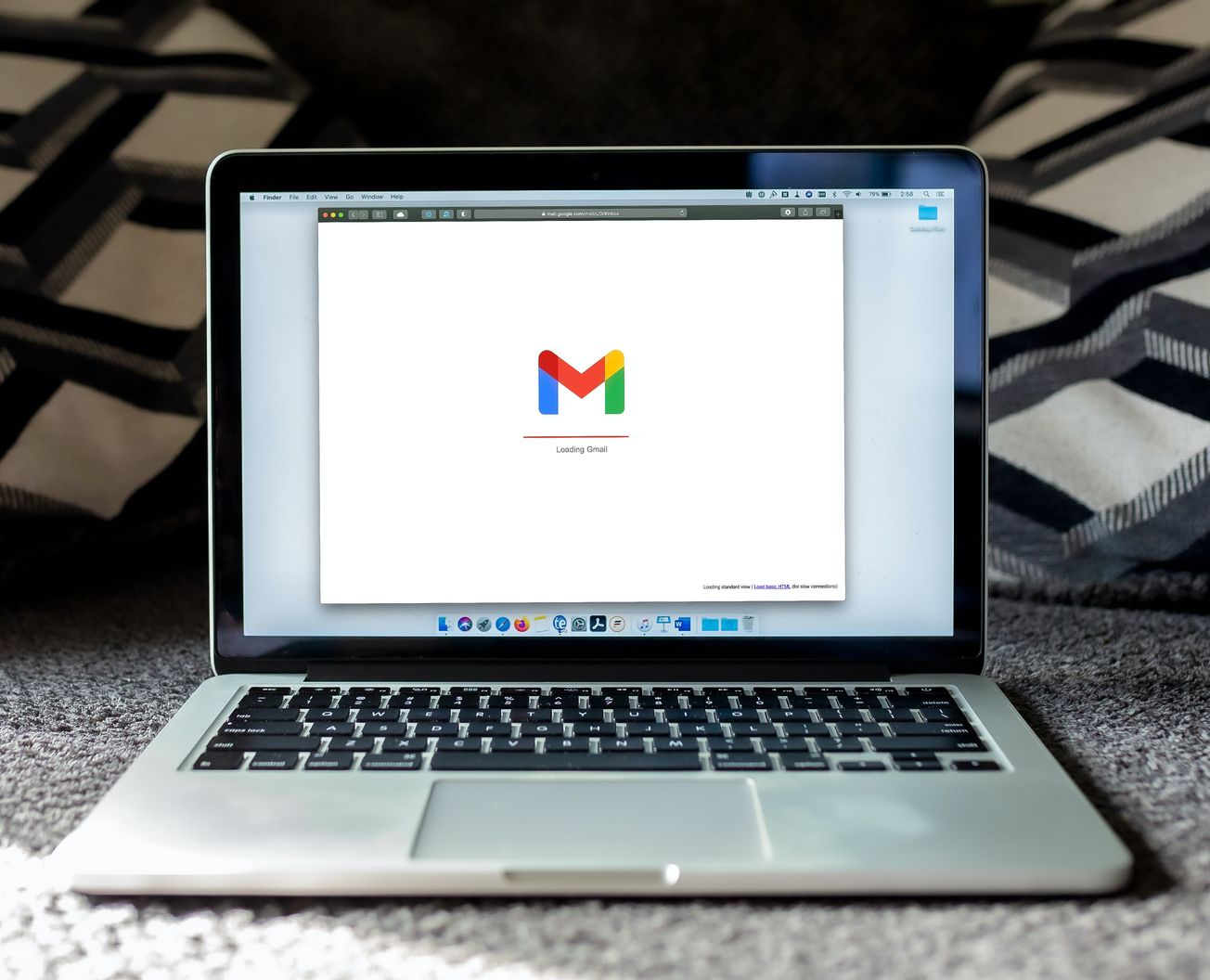When it comes to looking for a job, few things are more important than your resume. Your resume will really be what gives a potential employer their first impression of you, and it is what is used to determine if you get an interview or not. Unfortunately, for most open positions, a business is going to get dozens, or even hundreds, of resumes. If you want to have the best possible chance at getting the job, you need to make sure your resume stands out from all the others. Read these simple tips to help you accomplish that goal.
1. Keep Your Resume Concise
When people click on a news article, one of the first things they do is scroll to the bottom to see how long it is and if it really seems worth their time to read it in its entirety. We live in a fast-paced world, and if your resume looks like a giant block of text bogged down with way too many words, it may easily be overlooked. Working from your existing resume with all of your experience and accomplishments, trim it down to only what is relevant to the specific job for which you are applying. Leave off irrelevant information.
If you're an adult in the work force, your awards and accomplishments in high school likely need to go. Furthermore, that first job you had flipping burgers is probably not going to help you out if you have other, more substantial experience to back you up. The rule of thumb is to fit the resume on one page. However, if you've been working in the field with relevant work experience for more than ten years, it's likely that you'll need to go beyond one page. Try to say more with fewer words by employing precise and action-packed language.
2. Use Keywords
Speaking of language, make certain that your resume includes the relevant language from the job listing. Of course, avoid overdoing it and don't copy and paste verbatim from the listing. Just work in some of the key words as it makes sense to do so. Large corporations that receive hundreds of applicants will often use a sorting software to narrow their selection of applicants. The more places your resume aligns with the listing, the better your chances for being on the short list.
3. Include a Personal Statement
Sometimes called an "objective," there should be some sort of statement at the top of your resume which hints at your passion, personality, objective in applying, and skill set. It's a hefty order for just one or two sentences, no doubt. Don't be afraid to use first-person language here. It's a personal touch and indicates you're an actual human applying for this job; avoid sounding like a stone-cold robot whose only goal in life is to be hired for this job.
4. Make Your Resume Clickable
A clickable resume is a great way to stand out from a crowd if you have an online portfolio. It may not be applicable for all fields, but it's common for people to have an online portfolio for music, teaching, graphic design, architecture, etc. Even if you do not have your own website to show off, you can make your resume clickable to include a link to your LinkedIn page which will list even more of your experiences and expertise. Making a clickable resume only works when you're sending a PDF attachment, which makes sense to do for most electronic applications. Just be sure to make any necessary revisions to the resume before you print off a hard copy version to bring to interviews.
5. Make Your Resume Visually Interesting
Using headers is a great way to keep information organized. The font size of headers doesn't need to be large, but rather just embolden the headers or type them in all caps. Another area to consider expressing some personality is with typeface. Avoid anything "cutesy" or hard to read. Opt for clean, professional, and polished, but don't be afraid to go off the beaten path a little bit.
There are plenty of free fonts online; Google Fonts has some very good options. If you trust that you have a decent sense of style and want to add a bit of color, do so in small doses. You can add color to line breaks or icons (such as phone, email, social media), but avoid making any text colored. Keep in mind that while your resume might look really cool on a screen, it may print differently. Do a trial-run of printing it to make sure the colors look good and the margins are formatted in a visually appealing way.
6. Quantify Your Achievements
Listed below the titles of previous job experiences, it is common for people to list long, boring statements of what they were responsible for doing at that job. The person looking at your resume can likely take a pretty good stab at what an "HR Manager" or "IT Consultant" is responsible for doing, but he or she won't know exactly what you accomplished while working that position. Do some bragging and include stats and data when you can.
While none of these tips are difficult to implement, they can be very effective. It is often these types of little things that can really make the biggest difference when hunting for a job. If you take this process seriously, you'll soon have the interviews you need and hopefully starting an exciting new career.






